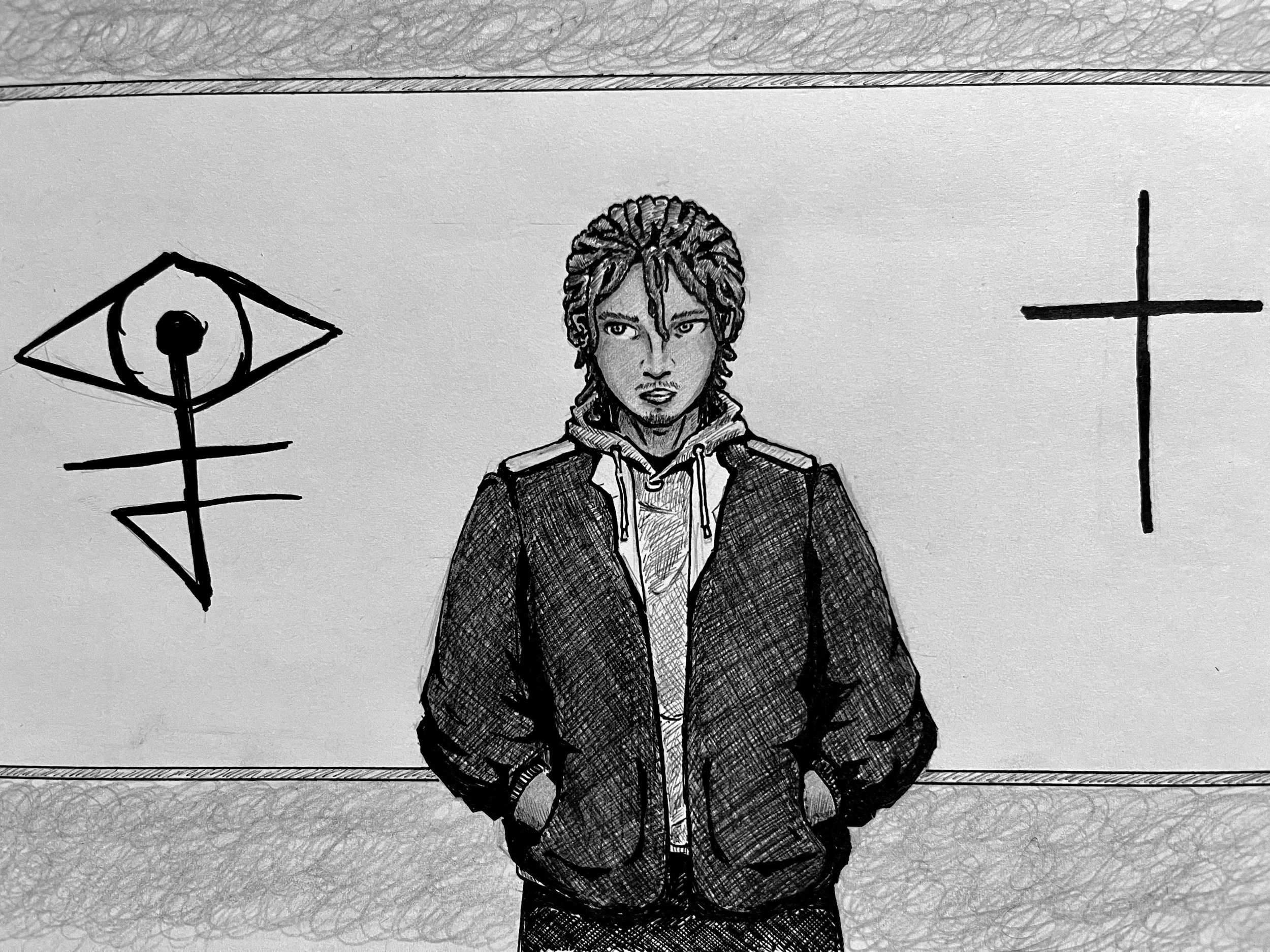Officer shot for revealing State secrets. What is Project Eikasia?
Bastian tapped his ear bud and silenced it, pocketing the mechanism before he strode into the lecture hall. He’d heard nothing about this Project Eikasia in the mainstream news. And if an officer had been killed, it had been done quietly. Still, word got out if one knew where to listen.
“It’s real news,” Quade had said when he’d logged Bastian into the feed for the first time. Access was knowhow only, the password changed at random intervals and spread through word of mouth, the signal always changing.
He’d be expelled if they caught him listening to it here.
Bastian settled into his seat. It was a small class in a far too vast room. No one studied art anymore. It was taboo, useless. A dying degree riddled with legal limitations. Bastian didn’t care. He would study it as long as it was offered.
Professor Whitlock entered the room and walked straight to the board, her rounded glasses and dated attire giving her a classic look which seemed almost outlandish. She’d always been Bastian’s favorite professor—a touch eccentric and brimming with curiosity. A thing far too many people lacked at this institute.
Whitlock brought the pen to the electric board and opened a blank page. She didn’t speak. Instead, she drew the bright red symbol of the visionaries.
Bastian’s peers gasped, and a wash of murmurs erupted. Bastian sat up, attentive. This was open treason.
Whitlock turned at last to face her audience. She stood silent, stoic, waiting for the voices to die down. When they did, she asked, “What is a symbol?”
No one answered at first, each too scared to corroborate in this act.
“Endless possibility in abstract form,” said Bastian before he could think better of it. “A representation of an idea. A movement. The spread of a belief.”
“Yes,” said Whitlock. “It is everything that is dangerous about art. To give an image meaning is to breathe life into it, and ideas are wild entities, far more difficult to control than Man is.” She looked at each of her students. “This school,” she said, “wants me to only teach you the aesthetics. Patterns, symmetry, purity. All things machines are best at. If we are to maintain those ideals as humans, we must first be able to recognize the impure.”
She pointed to the symbol.
“But humans are natural born liars. Tell me what you see.”
After another brief silence, one of Bastian’s peers braved speaking. “An eye?” she pitched.
It was the obvious representation, but there was something more to it than that. Bastian had seen the symbol in bathroom stalls and alleyways in the underground. Always painted, always dripping. “Blood,” said Bastian, and the professor smiled.
“It is neither of these things, yet all of them too. We know, in truth, the symbol is only lines. It is not an eye. It is—at least I hope—not painted in blood. To say it is these things is a lie. To give it meaning is a lie. But even the conformists, who so badly want to take meaning and illusion out of art and image, are giving meaning to this symbol, are making it a beacon of terrorism.”
